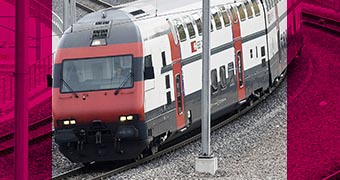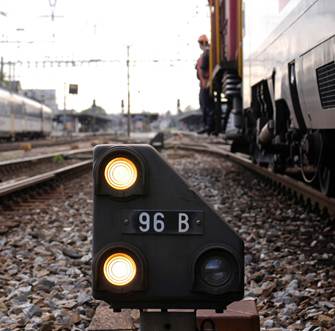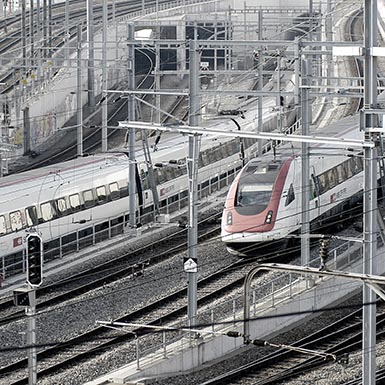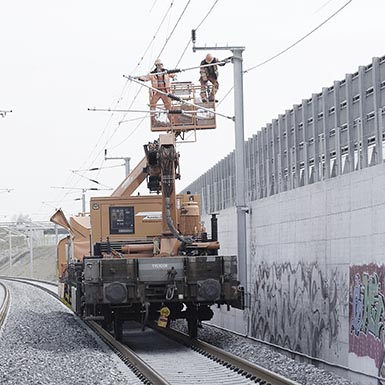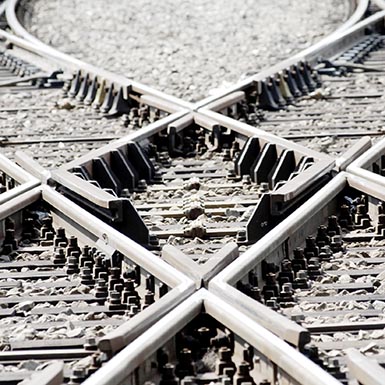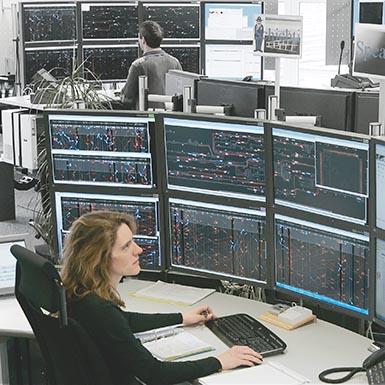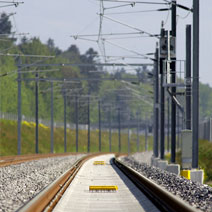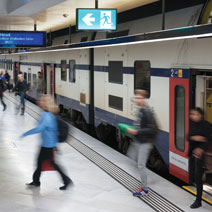Safety and ventilation
Safety and ventilation are essential questions to the railway and urban transports.
In today’s society, which seeks to have total control over events, the safety of people and infrastructure has become a primary concern. It is an objective in itself, and a highly sensitive issue in our time. As a result, risk is increasingly considered unacceptable, both for individuals and groups of people.
Ventilation is an inherent dimension of safety in the transports sector and plays a role apart in transports projects. In the confined space of the tunnel, aerodynamic and thermal phenomena, the spread of smoke in the event of a fire, comfort and emergency ventilation, the flow and evacuation of persons, the intervention of emergency services and the protection of people and infrastructures now play a critical role and are given consideration early in the design phase of new transport systems and underground structures, as well as when modernising the existing infrastructures.
These two issues, ventilation and safety, are cross-cutting themes to transport systems, which call for specialized skills. This is why GESTE chose to treat them apart from the RAIL, URBAN and ROAD fields, in two cross-cutting fields: RAMS (safety) and FLOWS (ventilation).
Our related core competencies
- Systems engineering, work planning and scheduling
- Remote controls, signalling and safety installations
- Operation and maintenance
- Overhead line, power supply and cables
- ERTMS and interoperability
Our references

